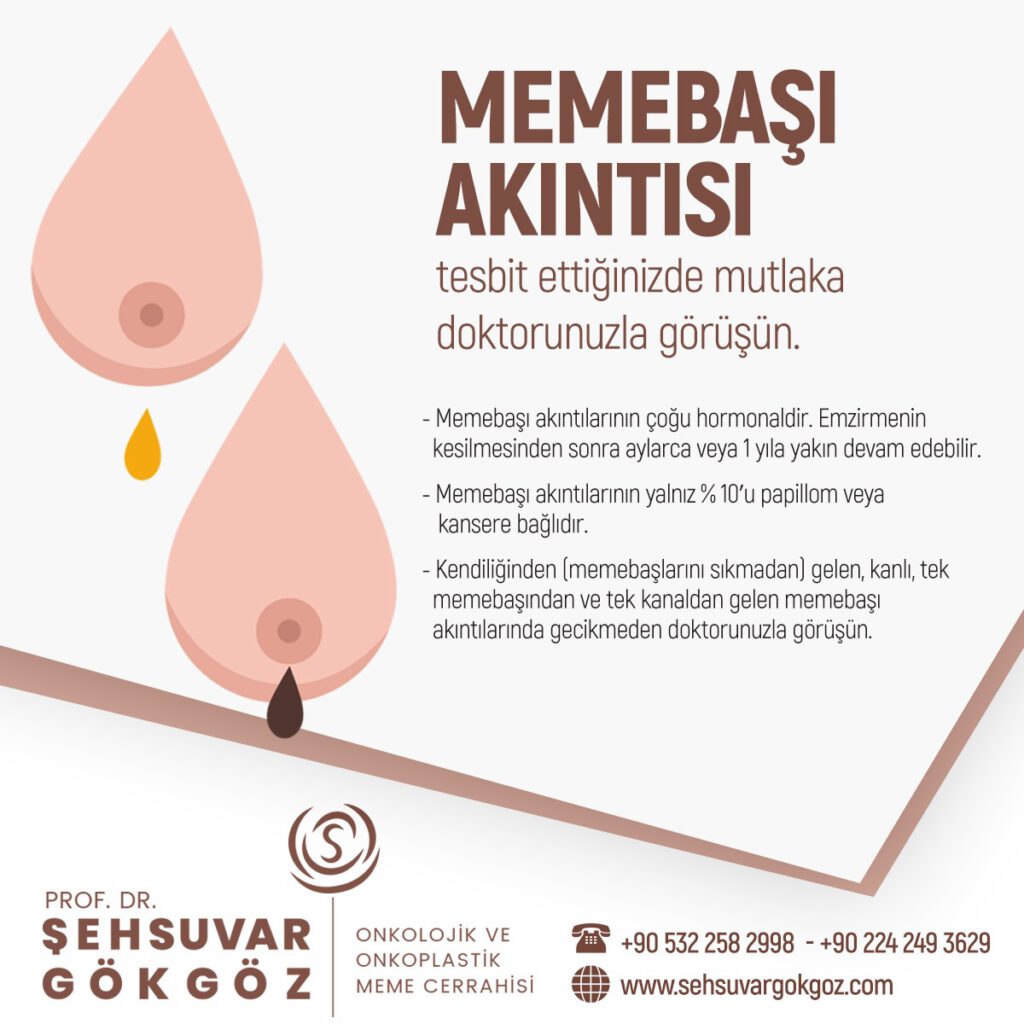See your doctor when you detect nipple discharge.

It can be milky, creamy, yellow-green in color, spontaneously watery or bleeding.
Milky nipple discharge (galactorrhea)
It may persist for months or up to 1 year after cessation of breastfeeding.
It can be seen due to certain drugs (some hypertension drugs, sedatives and birth control pills).
It may develop due to prolactin-secreting brain tumors (prolactinoma).
Creamy nipple discharge
It may come from one or more nipple canals.
It is usually due to ductal ectasia. Ductal ectasia is enlargement and thickening of the breast ducts due to inflammation or infection.
Yellow-green nipple discharge is an indication of infection.
Spontaneous watery or bloody nipple discharge
It needs to be researched.
It may be due to an intraductal papilloma (small, non-cancerous, wart-like, benign growth within the breast ducts) or cancer.
breast infections
It is most common between the ages of 18-50.
It is divided into breastfeeding-related and non-breastfeeding.
Its features are very confused with cancer.
It creates painful, sensitive masses that can be felt by hand.
It can open on the skin and cause discharge.